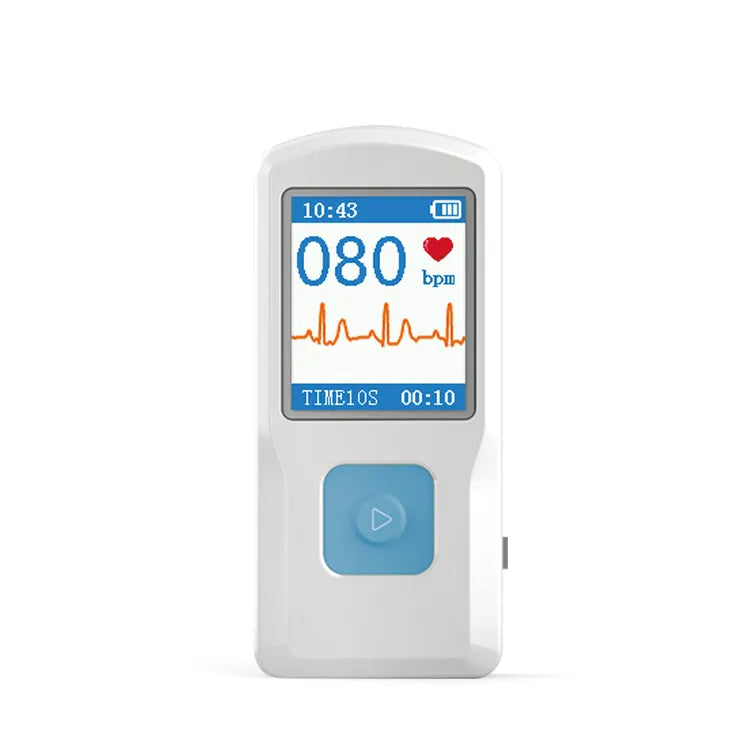European Cholesterol Testing Landscape

Europe Holds the Distinction of World's Highest Prevalence of High Cholesterol

Low-density lipoprotein (LDL), commonly referred to as "bad" cholesterol, is recognized for its role in heightening the vulnerability to heart disease and strokes. Regrettably, heart ailments linked to elevated levels of LDL cholesterol are frequently intertwined with unfavorable lifestyle decisions, such as excessive alcohol consumption, smoking, and insufficient physical activity.
In the European Union's largest countries – Germany, France, Italy, Spain, and the UK – approximately 133 million individuals are affected by the condition commonly referred to as "bad cholesterol," as reported by the World Health Organization (WHO). Notably, Europe stands as the continent with the highest prevalence of this chronic ailment, as indicated by the most recent statistical data.
Within Europe, the incidence of high cholesterol remains most pronounced, with 54% prevalence among both men and women. It is noteworthy that certain Western European nations, including Greenland, Iceland, Andorra, and Germany, exhibit the highest cholesterol levels worldwide, with mean serum total cholesterols measuring around 5.5 mmol/L.
Projections outlined in the latest cholesterol market forecast anticipate Europe to maintain a leading position, constituting the largest market share between 2023 and 2031. In 2022, the region already accounted for a substantial 31.5% share. Notably, Germany, France, and Italy emerge as pivotal markets for cholesterol within the European context.
Cholesterol market trends of Europe

Data Bridge Market Research analyses that the cholesterol testing market is growing at a CAGR of 6.10% in the forecast period of 2022-2029. The data presented in the chart illustrates a consistent upward trend in cholesterol demand across several prominent European countries, including Germany, the United Kingdom, France, Belgium, and other nations.
Cholesterol Test End-User Insights

In terms of end-users, the cholesterol test market encompasses hospitals, clinics, home care settings, and diagnostic centers. Notably, the diagnostic center segment emerged as the leading contributor to cholesterol test market revenue in 2022, and it is anticipated to exhibit accelerated growth throughout the forecast period from 2022 to 2030. This heightened growth can be attributed to the increasing incidence of individuals diagnosed with elevated total cholesterol levels, which in turn drives the mounting demand for the market's offerings.
Furthermore, a significant impetus for the expansion of this segment stems from the escalating trend of routine health check-ups conducted independently, without necessitating direct physician involvement. This practice has a substantial positive influence on the segment's progression, fostering a robust trajectory within the cholesterol test market landscape.
Reasons for the growing demand for cholesterol testing Europe market
1. European cardiovascular disease statistics
CVD is the leading cause of death in Europe causing 3.9 million deaths every year, 45% of all deaths. In the EU, CVD is also the leading cause of death accounting for over 1.8 million deaths every year, which corresponds to 37% of all deaths. CVD is also the leading cause of premature death (death before age 65 years) in Europe, accounting for close to 670 000 deaths (29% of all deaths) every year. In the EU, CVD claims more than 190 000 deaths per year at ages under 65 years (22% of all deaths).
2. Increasing number of elderly individuals:growing popularity of in-home testing devices

3. The progression of cholesterol testing technology
Use a small sample of whole blood measuring other lipids such as high-density lipoprotein (HDL) cholesterol, triglycerides, low density lipoprotein (LDL) cholesterol and associated analytes in a portable cholesterol testing meter.
In conclusion, the expansion of cardiovascular diseases and the increasing number of elderly individuals are the primary drivers of cholesterol testing market growth. Concurrently, the surge in obesity within the population due to lifestyle shifts and reduced physical activity levels is anticipated to further stimulate market expansion in the upcoming years. Furthermore, the escalating awareness surrounding preventive healthcare practices is poised to amplify market growth. The progression of technology and the introduction of innovative, efficient devices will generate profitable prospects. Notably, the demand for at-home testing devices is on the rise, contributing to the market's momentum.
WE RECOMMEND
Related posts
- Subscribe MedInsights
- Subscribe MedInsights
- Subscribe MedInsights
- Subscribe MedInsights
- Subscribe MedInsights











